

We’ve all been there. Gone to get into the car on a hot summer’s day only to find it baking in the sun. As if you’re not toasty enough already, you open the door and the heat hits you like a blast of oven air.
So, what’s the fastest way to cool down the inside of your car? Is there more you can do to prevent it turning into a furnace in the first place? And, with weather extremes on the rise, how can you keep yourself more comfortable when driving in hot conditions?
Read our guide to find out.
Start by swinging the door to and fro to fan the interior. Even better if you’ve got one of the opposite windows open to let the hot air flow out more easily.
Next, start the engine and turn the air conditioning (AC) on to its coolest setting. You don’t want to draw more warm air in, so choose the ‘external’ or ‘outside’ air setting if you have this option.
Open more windows to expel the hot air while the AC system takes effect. Choose the lower vent setting to push the hot air up and out of the car.Keep the windows open until the air coming out of your vents is cooler than the outside temperature.
Once you’ve closed the windows, switch the AC setting to recirculated air and choose the vents that give you the most comfortable driving experience.
If your car’s too hot to get into, open the opposite windows and fan the interior with the driver’s door.
Where possible, start your journey with a frozen water bottle. If you’ve got someone in the passenger seat, get them to hold it in front of the air vents for blasts of chilled air. Once the ice melts you’ll have a nice cold drink.
You may have no other option but to keep the windows open if you have to drive somewhere in high temperatures and can’t cool the interior sufficiently using the air blowers alone.
Always try to park your vehicle away from direct sunlight, under a tree or canopy.
If you haven’t got tinted windows, use a windscreen sun shade to prevent the steering wheel and other touch points getting too hot. It’ll also help to protect the driver’s seat from overheating, which you’ll be particularly glad of if yours is made of leather.
Throwing a towel over dark-colour seats or fitting lighter-coloured seat covers will also help prevent them absorbing too much heat. Put something over exposed metal on seat belt buckles and child car seat attachments too.
The best way to keep your car cold in the heat is by having an efficient climate control or air conditioning system, so keep your AC well maintained.
Most car manufacturers recommend getting your air conditioning serviced every two years, but many people wait until the air just isn’t blowing cool enough.
If the air is not as cold as it used to be or there’s an odd smell, the AC system may need re-gassing. This is an easy job for a mechanic to do and it will restore the proper refrigerant levels.
Had your car for more than two years and haven’t had the air con serviced? It might be time for a re-gas and a check for cracks or leaks to ensure the system functions optimally.
Wear light-coloured, loose fitting, natural fibre clothing, such as cotton, linen or merino wool. Wear canvas pumps or slip-on deck shoes.
Always carry drinking water with you in case your journey takes longer than expected. If water is going to be left in a car parked in the sun, make sure it’s in a BPA-free plastic bottle or use a glass or metal canister.
Car windows don’t block UV rays so use sun protection during long journeys or if you get stuck in a motorway tail back.
And never, ever leave pets, children or vulnerable adults in the car alone during extreme temperatures.
It’s just as important to check your vehicle is road worthy in the hot season as it is in the winter months. Here’s what to look out for...
Stop/start traffic conditions use more fuel, so make sure you have enough in the tank. Batteries in electric vehicles aren’t as efficient in hot weather either, so you may need to recharge more often.
Check your oil and coolant are at optimal levels to help the engine run at the right temperature. And don’t forget the screenwash to wash away dirt and bugs.
Ensure all the electrics are working before you set off, so you can open windows, clear windscreens and use all indicators and lights.
A tread of at least 3mm on tyres pumped to the correct pressure is recommended for the best grip on the road, especially during a summer downpour.
Make sure your vehicle is insured and that your car insurance still provides all the cover you need. If you like the reassurance of breakdown cover, make sure you know exactly what yours covers before you set off.
Whether you're looking for straightforward insurance or cover that's packed with extras, our car insurance has plenty of options for people over 50.


Choose our highest car cover level Saga Plus and freeze the price of your car insurance for 3 years if nothing changes. T&Cs apply.
There's plenty to explore and learn about our car insurance cover.

Make sure the help comes whenever you need it – with our essential guide to getting fast car breakdown assistance on the roadside and at your home.
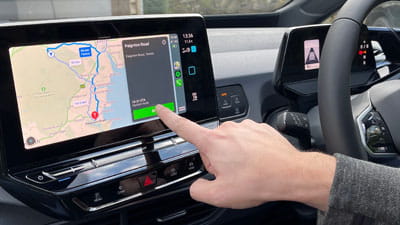
How do you know if your electric car charge is enough for your journey? We help you work it out.
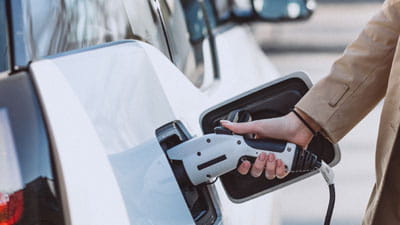
Are electric cars really good for the environment? And what would be better?
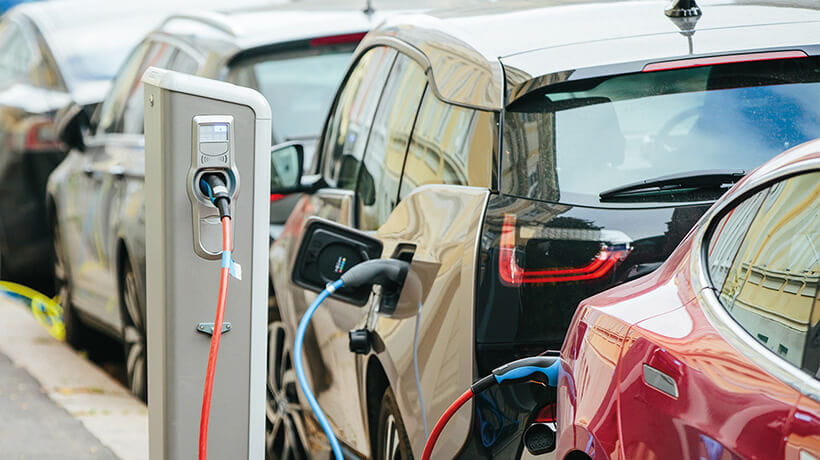
Electric vehicles have the potential to transform the places where we live and work. But which UK cities are best prepared for the EV revolution? We surveyed UK drivers to find out why they are (and aren’t) looking to push the accelerator on buying an electric car.
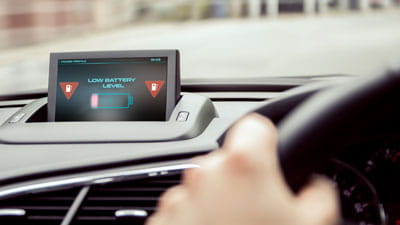
Are electric cars as reliable as petrol and diesel? Battery life needn’t be a barrier to switching.

Just because you have comprehensive car insurance doesn’t mean you can automatically drive another car third party on the same cover.

What makes electric cars different to drive? Get the lowdown on gearboxes, braking and pedals.
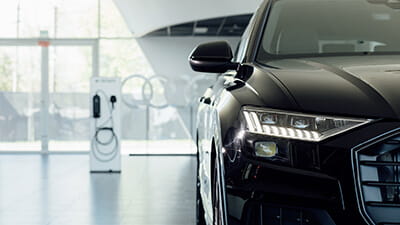
How much does an electric car really cost? Is it a cost-effective option to buy and run? Read on to find out more.

As we get older, our driving habits understandably change. So which are the best cars for older drivers? Get some inspiration in this handy Saga guide.
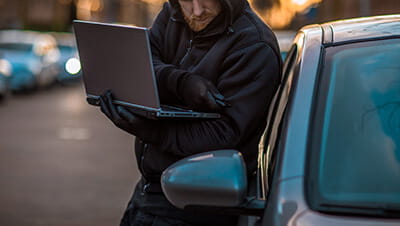
Clueless about keyless? Here’s all you need to know and some simple solutions to keep your car safe.

Our guide to what you have to pay in the event of a claim may reveal something that surprises you.